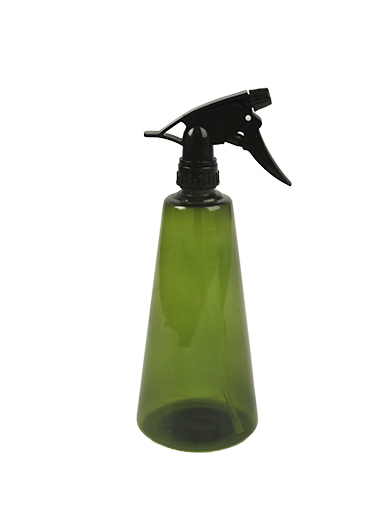It Is A Professional Sprayer Manufacturer Integrating Research, Design And Development.
+86-15824002009 Contact UsThe handheld pressure spray bottle, a versatile tool widely used in various industries and households, has undergone significant evolution from its early origins. This simple yet effective tool has transformed over the years, adapting to new materials, technologies, and user needs. From its initial use in cleaning applications to its current role in gardening, automotive care, and even beauty routines, the handheld pressure spray bottle has become an indispensable tool in everyday life.

The concept of spraying liquids in a controlled, pressurized manner dates back to the late 19th and early 20th centuries. However, the modern handheld pressure spray bottle as we know it today began to take shape in the mid-1900s. The earliest iterations were primarily used in the cleaning industry, especially in the form of pump sprayers. These early spray bottles had a simple pump mechanism, typically operated by hand, that pressurized a small reservoir of liquid, allowing users to spray it onto surfaces.
The notable patents for spray devices appeared around the 19th century. These early models often relied on rubber or metal components to generate the necessary pressure. While these early models were functional, they were often bulky, cumbersome, and not as effective as today's designs.
As industrialization progressed, so did the materials and manufacturing techniques used in the production of handheld pressure spray bottles. The introduction of plastic in the mid-20th century marked a significant turning point. Plastic, being lightweight, durable, and cost-effective, replaced metal and glass in many applications, including pressure spray bottles. This shift in materials made the bottles more affordable and accessible to a wider range of consumers.
The plastic spray bottles were primarily made from high-density polyethylene (HDPE), a material known for its strength and resistance to chemicals. This allowed for a more flexible and user-friendly design. In addition, plastic also helped reduce the overall weight of the bottles, making them more convenient to handle.
The introduction of polypropylene and polyethylene terephthalate (PET) further improved the quality and performance of pressure spray bottles. These materials offered better chemical resistance, making them ideal for use in various industries, including automotive, agriculture, and even the cosmetic industry.
As the use of handheld pressure spray bottles expanded, so did their functionality. Initially used primarily for household cleaning, they soon found applications in other areas due to their versatility. The notable of these included:
Gardening and Agriculture: Handheld pressure spray bottles became an essential tool in gardening and agricultural settings. They allowed for the easy application of fertilizers, pesticides, and herbicides. The ability to apply chemicals in a controlled, even manner revolutionized the way these products were used, better crop yields and more efficient pest control.
Automotive Care: The automotive industry quickly embraced pressure spray bottles for tasks such as cleaning, waxing, and detailing. The convenience of applying sprays in a controlled manner made these bottles a staple in car care kits.
Beauty and Personal Care: The beauty industry also saw the potential of pressure spray bottles. They became widely used for the application of hair care products, facial sprays, and even perfumes. The fine mist produced by modern spray bottles allowed for more precise and even application, improving the overall user experience.
We will provide you with the latest product
information as soon as possible
